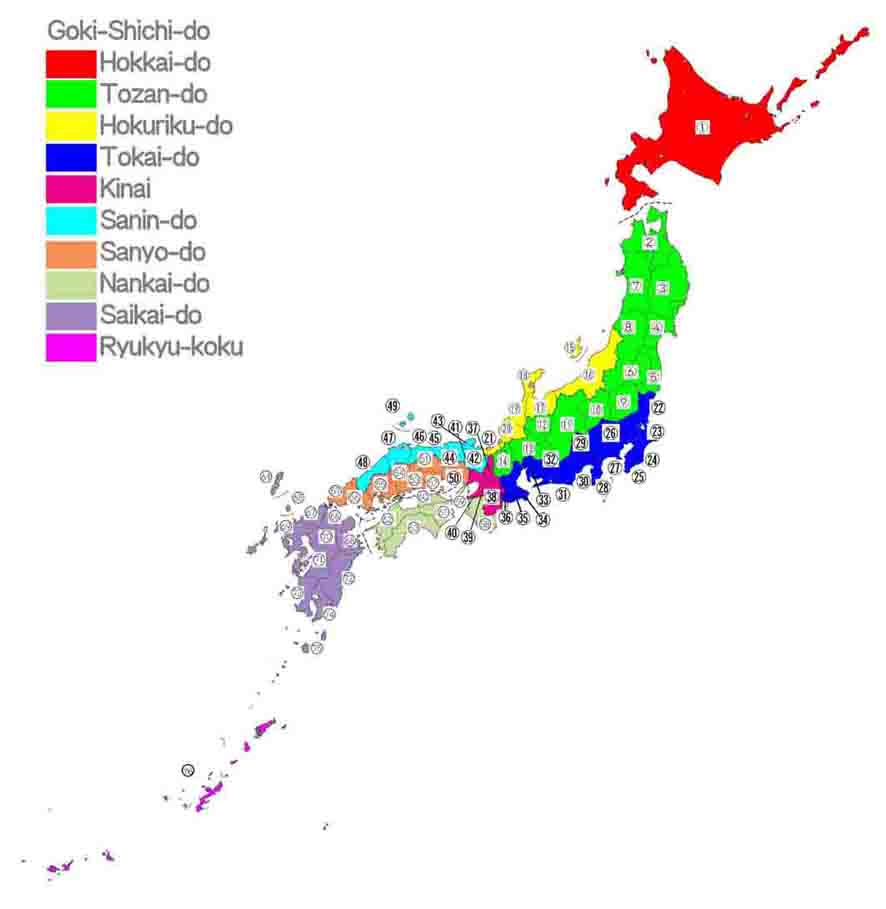Nakayama is in between Narita And Haneda International Airport
<クッキーについての同意並び欧州居住者向けプライバシーポリシー>
中山・下総・散歩道
Kii-no-kuni /The Summary of Kii Province
Kii-no-kuni was an administrative district in classic Japan. Sometimes it is called Kinokuni. The area of Kii was located on the southern part of the Kii Peninsula. There were Izumi (Osaka) Kawachi (Osaka), Yamato Province (Nara prefecture) in the north, Shima in the east, and the rest of sides were surruounded by the Pacific Ocean. Kii belonged to Nankai-do region, and it was counted as a upper grade and close country. The provincial government of Kii was in Wakayama city in Wakayama prefecture, and Kokubun-ji Temple were built in Kinokawa city. And Hinokumagu Shrine in Wakayama city was registered as Ichinomiya (the first shrine) of Kii-no-kuni. This district was designated on the Ritsuryo code after the Taika Reform in 645.Kii province has long history, the first Emperor Jinmu landed on the province before the conquering Yomato. Actully it was a kind of legends, but Kii was an important region for the Imperial Court at Yamato to control its state stably. Many Emperors and Empress had been to Kii, Empress Saimei went there to enjoy spa in 658, this was the first recorded date of their trips to Kii Province.
In Heian period, Ex-Emperors took trips to Kumano, then Kumano-kodo was developed as a community road and the number of pilgrimages to Kumano increased and it became popular. Ki-miidera Temple, Doujyoji Temple, Negoroji Temple and Kongobuji Temple at Koyasan were built this period.
Late Heian Period, Yuasa Clan at Arita-gun and Kumano Navy controlled by Kumanobetto Clan at Tanabe and Okukumano. Yuasa Clan joined to Heishi army and Kumano navy joined to Genji army while the Genpei War
In the Period of Northern And Southern Dynasty, Yuasa Clan took centre position at the province and the influence of Southern Dynasty controlled Kii province. After the Northern and Southern Dynasty was united, Hatayama Clan took the position of the military governor, however the clan was not influential among the province, because some big shrines and temples had the great power to control .
According Luis Froise, a missionary man from Portugal, there were 4 or 5 republics in Kii province, and no rulers could defeat them. Actually, Saiga-shu, the big temples and shrines made their own territory their base and gained the power to control the province. In 1585, Hideyoshi Toyotomi, the Kanpaku Dajo-daijin (the supreme minister and chancellor), conquered Kii province and ruined the regional powers. Negorji Temple and Saiga Clan invaded to Osaka and Kishiwada when Hideyoshi was in the Battle of Komaki Nagakute. Of course Hideyoshi defeated them after he negotiated to reconcile with Ieyasu Tokugawa, the first shogun of Edo Bakufu and Nobukatsu Oda, the second son of Oda Nobunaga.
March 20th, Hideyoshi raised his army to invade Kii Province and he took over castles in Izumi Province, then his army went into Kii Provicne. In March 23rd, he fired Negoroji Temple, then thousands of samurai worriers in Kii province escaped to Otajo Castle, and he surrounded the Castle to flood for a month, finally the worriors in Otajo Castle surrendered. After the war, Hideyoshi gave the province to his younger brother Hidenaga Toyotomi to control, and he built Wakayamajo Castle.
After the Battle of Sekigahara, Asano Yukinaga, a nephew of Kitano Mandokoro was given the position of the lord. In 1619, Asano Clan moved to Hiroshima City in Aki Province (Hiroshima Prefecture), and Yorinobu Tokugawa, the tenth son of Ieyasu Tokugawa, moved to Wakayamajo Castle, and it continued until Meiji Restorattion.
After Meiji Restoration, the classical districts were rebuilt, almost all part of Kii province became Wakayama prefecture in 1871, and rest of south-eastern part of it merged with Iga, Shima and Ise province to be Mie prefecture in 1873.
参考
デジタル大辞林
ブリタニカ国際大百科事典
日本大百科全書(ニッポニカ)
ウィッキウィッキペディア
Pale green represents Nankai-do and No.51 in the map below is Kii-no-kuni.

- 広告 Advertisement -
